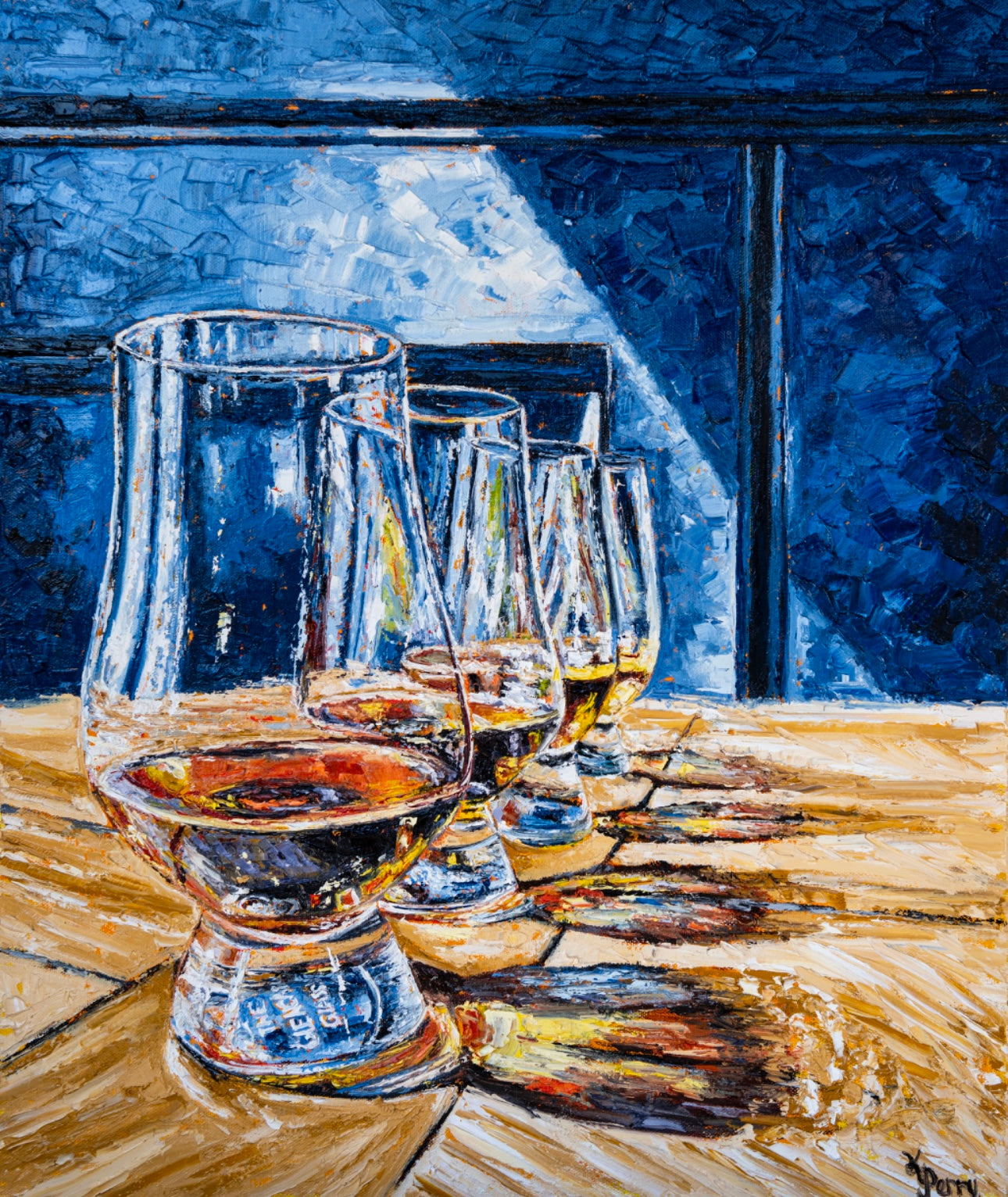The Importance of Whiskey Art in Celebrating Heritage and Workmanship in the Beverage Sector
The intricate connection between scotch art and the event of heritage and craftsmanship within the drink market can not be overemphasized. With thoughtfully made containers and labels, whiskey brand names envelop their historical origins and the artisanal skills that specify their production methods.
The Historical Origins of Whiskey
At the heart of whiskey's allure exists a rich tapestry of historic origins that trace back to old human beings. The beginnings of whiskey can be linked to the purification practices of the Sumerians and Babylonians around 2000 BCE, where early types of fermented grain beverages began to arise. It was in the Center Ages that the art of purification advanced significantly, particularly in Ireland and Scotland, leading to the development of bourbon as we know it today.
The term "scotch" itself acquires from the Gaelic word "uisce beatha," indicating "water of life." This phrase emphasizes the cultural importance of whiskey in Celtic societies, where it was often related to routines, parties, and communal bonding. By the 15th century, distillation became an identified craft within monastic communities, leading the way for the establishment of legal distilleries.
As trade courses increased, scotch's appeal grew, transcending local borders and catching the rate of interest of aficionados worldwide. Whiskey Art. This historic trip shows not only the workmanship behind bourbon manufacturing yet also its essential function in social and social contexts, noting it as a substantial beverage throughout history
Artistic Expression in Branding
Bourbon branding stands as an engaging crossway of artistry and commerce, where visual identity plays a vital role fit consumer assumption. The aesthetic appeals of bourbon labels, product packaging, and advertising products reflect not just the brand name's tale however additionally its core worths and heritage. Through artistic expression, distilleries convey a narrative that resonates with customers, evoking feelings and sparking links.
The use of color, typography, and images in branding offers to distinguish items in a saturated market. For instance, traditional themes might stimulate a feeling of credibility and workmanship, while modern designs can symbolize development and forward-thinking. This calculated creative direction boosts brand recognition and loyalty, enabling consumers to create an individual partnership with the scotch they select.
Moreover, imaginative expression in branding typically works as a party of local heritage. Distilleries frequently incorporate neighborhood icons or historical recommendations into their styles, creating a local color that invites customers to take part in a wider social experience. Ultimately, the creativity behind whiskey branding not only boosts visual appeal but also enhances the total story of the brand name, cultivating a deeper admiration for the workmanship and heritage ingrained in each bottle.
Workmanship in Bottle Design
The virtuosity noticeable in scotch branding prolongs past aesthetic identification to encompass the craftsmanship included in container style. Each container acts as a vessel not simply for the spirit within, yet also for the tale it tells about its quality, custom, and beginning. The design procedure needs careful interest to detail, as aspects such as closure, material, and form contribute considerably to the overall assumption of the bourbon.
Craftsmanship in container layout involves choosing high-grade glass that can improve the bourbon's shade and clearness, while also providing a responsive experience for the customer. The shape of the bottle must be both visually attractive and functional, frequently mirroring the heritage of the brand. Several distilleries Check This Out choose unique shapes or printed logos that evoke a sense of credibility and background.
Furthermore, the label design and typography play an essential function in interacting the brand name's story. Whiskey Art. A well-crafted container not only astounds the customer's eye but likewise strengthens the brand name's commitment to top quality and custom. In this method, the craftsmanship see here of bottle layout becomes a vital facet of the scotch experience, merging creativity with an extensive regard for heritage
Social Significance of Whiskey Art
Celebrating tradition and workmanship, the cultural relevance of scotch art goes beyond mere looks, intertwining with the social and historic stories of the areas from which it stems. Each bottle functions as a canvas, depicting the special tales, folklore, and traditions that have formed regional whiskey-making methods. The elaborate styles usually reflect the heritage of the distillers, incorporating symbols and motifs that resonate with the culture and values of their communities.

In addition, bourbon art plays an important function in common events and celebrations, functioning as a concrete link in between individuals and their shared experiences. By valuing the artistry in whiskey product packaging, customers cultivate a deeper understanding and respect for the craft, eventually enriching their pleasure of the drink itself.
Modern Trends in Bourbon Presentation
In the last few years, the discussion of whiskey has actually evolved to mirror contemporary tastes and patterns while still recognizing standard craftsmanship - Limited Edition. Distilleries top article are significantly concentrating on aesthetic aspects that improve the general drinking experience, linking the void in between heritage and modernity
Innovative bottle layouts have actually arised, usually including sustainable products and imaginative tags that inform compelling tales. Many brand names now collaborate with regional musicians, instilling their products with distinct aesthetic expressions that resonate with consumers. Additionally, limited-edition launches are usually packaged in collectible containers, including worth and allure for connoisseurs.

Conclusion
In conclusion, whiskey art offers as a crucial avenue for revealing the heritage and workmanship intrinsic in the beverage market. Via complex branding, ingenious bottle styles, and culturally considerable imaginative elements, whiskey brands properly recognize their practices and connect with consumers.


Workmanship in container design involves picking top quality glass that can boost the bourbon's color and clarity, while also giving a responsive experience for the consumer. In this way, the craftsmanship of bottle layout becomes a crucial aspect of the scotch experience, merging artistry with an extensive respect for heritage.
In conclusion, bourbon art serves as a crucial avenue for sharing the heritage and craftsmanship integral in the beverage industry.